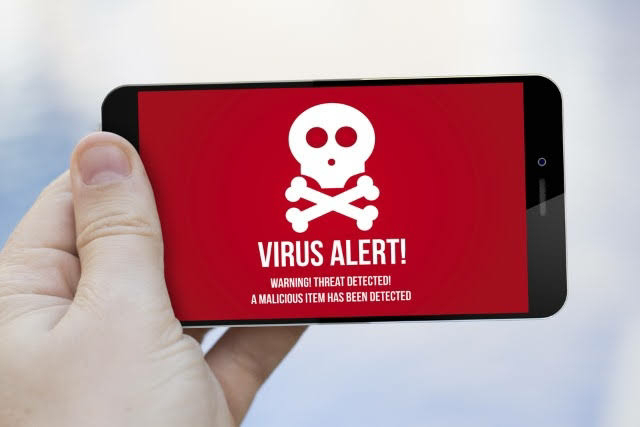Delete viruses from devices
Viruses
The computer may be damaged, or personal information stolen by means of programs, texts, or code called viruses. These viruses may be able to modify data, send and display electronic messages, or do all of these things, as the virus writer exploits security weaknesses For the computer in order to write and publish viruses by copying themselves in data files, programs, or a hard disk drive, such as Elk Cloner, which is the first virus that spreads by copying itself in any floppy disk that is inserted into the computer, And that was written by high school student Rich Saint In 1982. [1]
Delete viruses without programs
Viruses are deleted from the infected machine without software as follows:
Delete viruses from the computer
The Windows system contains a free program that can solve many system problems, such as viruses, as it can search for and remove them from a computer, which is a Windows Command Prompt - cmd, and the most important of them is a shortcut virus. May damage the computer, delete files and cause system degradation. To delete viruses without using programs, the following can be done: [2]
Choose Command Prompt from the Start menu.
Type the username and password if the system requires it.
Write a disk drive that contains viruses, such as: (: D).
Write the command (*. * \: Attrib -h -r -s / s / dD), where the drive (: D) can be replaced with another drive.
Deleting viruses by entering the command (del autorun.inf), and another extension can be used to delete other suspicious files, such as: (ink.), (.Exe), or (.vbm).
Delete viruses from an Android phone
Viruses can be deleted from the Android phone manually without using programs by doing the following: [3]
Running the phone in safe mode to know the application that causes the problem, it disables the operation of external applications, and the safe mode can be accessed in two ways:
Press and hold the power button until a safe restart screen appears, and the safe mode tab appears in the lower-left corner after pressing OK.
Hold down the power button, along with the volume up and down buttons, then leave the power button only when the phone logo appears until the Safe Mode tab appears.
Choose apps (in English: Apps) or apps & notifications (in English: Apps & notifications) in recent devices from the Settings option, then choose Downloaded, or see all apps.
Delete the malicious application by clicking on it and then uninstalling it, but the malicious application may not be deleted, so security can be chosen from the settings, then deactivating the application from device administrators, and it can also be accessed in modern devices by choosing the location from security, then the application administrator.
Restart the phone without entering safe mode.
Delete viruses from iPhone
To remove viruses from an iPhone without using software, the following steps are followed: [4]
Entering the settings, then choose Safari.
Choose to erase records and data, then confirm them, as harmful iPhone apps will be removed.
Turn off the phone by pressing the power button continuously and then choosing to turn off the power, and then restart it again by pressing the power button continuously.
The malicious application may not be removed from the previous steps, so the following can be done: [4]
Find a free backup of the malicious application, and use it again.
Restart the phone as a new device if a backup copy of the malicious application was not found, or if it is not usable again, by going to the settings, then choosing General, including choosing Reset, then clearing all the contents and settings, then confirmation after entering a word the traffic.
Types of viruses
There are four types of viruses: [5]
Classic Virus: This virus is considered a software mutation, as it rewrites the special computer code present in the device.
Trojan Horses: This virus takes over passwords and performs denial of service attacks, but it needs the user's permission to start it.
Worms: These viruses copy themselves without the user’s permission to visit their e-mail and start posting copies of them.
Advertising and spyware (in English: Adware and Spyware): Disk drives are used to store ads and re-broadcast them online. They monitor personal behavior on the Internet.



Comments
Post a Comment